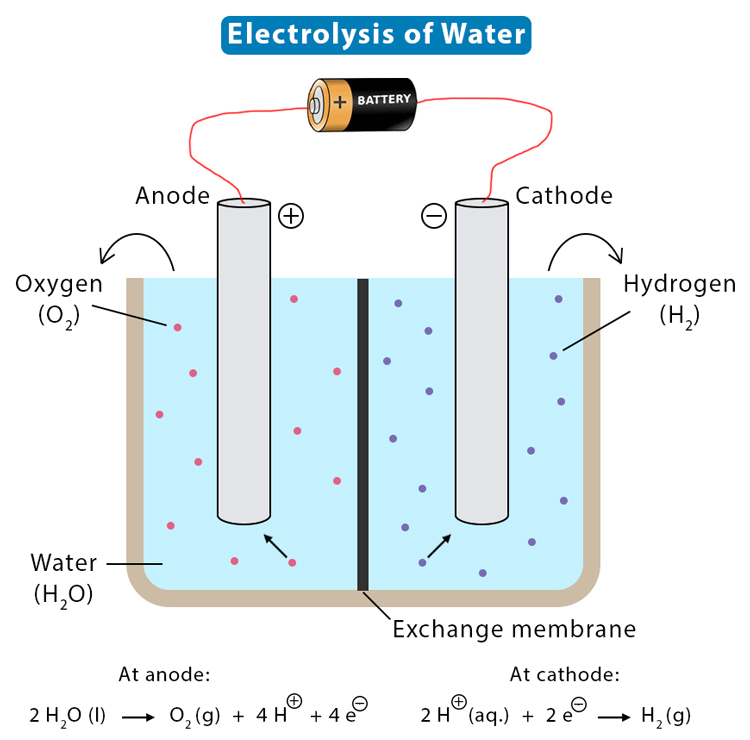Important Facts For Prelims
Laser Carbon to Produce Hydrogen
- 05 Apr 2023
- 4 min read
Why in News?
Recently, a few Researchers have developed a novel Carbon-Based Catalyst called Laser Carbon to make water electrolysis more efficient.
What is Laser Carbon and its Significance?
- Laser Carbon can replace expensive metal-based catalysts in the electrolysis of water to produce hydrogen.
- The electrolysis of water consumes a lot of energy. The traditional solution is to use a catalyst to induce the water molecules to split at a lower energy.
- Laser carbon is a porous carbon material containing nitrogen that acts as both a catalyst and an anode in electrolysis.
- It reduces the energy required for splitting water by lowering the overpotential of the Oxygen Evolution Reaction (OER).
- Laser carbon is simpler to synthesise, and can be batch-manufactured with a laser in an environmentally friendly process, unlike other carbon-based catalysts.
- Common catalysts are based on iridium and ruthenium, which are expensive and in great demand in other sectors.
- Although its catalytic activity is not as good as metal-based catalysts, it can be improved by using different polymers in the fabrication process.
What is Electrolysis?
- Electrolysis is a process of using an electric current to bring about a chemical reaction.
- In electrolysis, an electric current is passed through an electrolyte (a substance that conducts electricity when dissolved in water or melted) to produce a chemical change.
- The electric current causes the positive and negative ions in the electrolyte to move towards the opposite electrodes, causing the separation of the electrolyte into its constituent elements or the formation of a new compound.
- Electrolysis is used in a variety of industrial processes, including the production of metals, cleaning metal surfaces, and the production of hydrogen gas from water.
UPSC Civil Services Examination, Previous Year Question (PYQ)
Q. Microbial fuel cells are considered a source of sustainable energy. Why? (2011)
- They use living organisms as catalysts to generate electricity from certain substrates.
- They use a variety of inorganic materials as substrates.
- They can be installed in waste water treatment plants to cleanse water and produce electricity.
Which of the statements given above is/are correct?
(a) 1 only
(b) 2 and 3 only
(c) 1 and 3 only
(d) 1, 2 and 3
Ans: (d)
- Microbial Fuel Cells (MFCs) are devices that use bacteria as the catalysts to oxidize organic and inorganic matter and generate current. Electrons produced by the bacteria from these substrates are transferred to the anode (negative terminal) and flow to the cathode (positive terminal). Hence, statements 1 and 2 are correct.
- Microbes are found in great numbers in sewage, and the conditions of a waste water treatment plant are ideal for the types of bacteria that can be used in an MFC. Thus, they can be installed in waste water treatment plants to cleanse water and produce electricity. Hence, statement 3 is correct.
- Therefore, option (d) is the correct answer.







